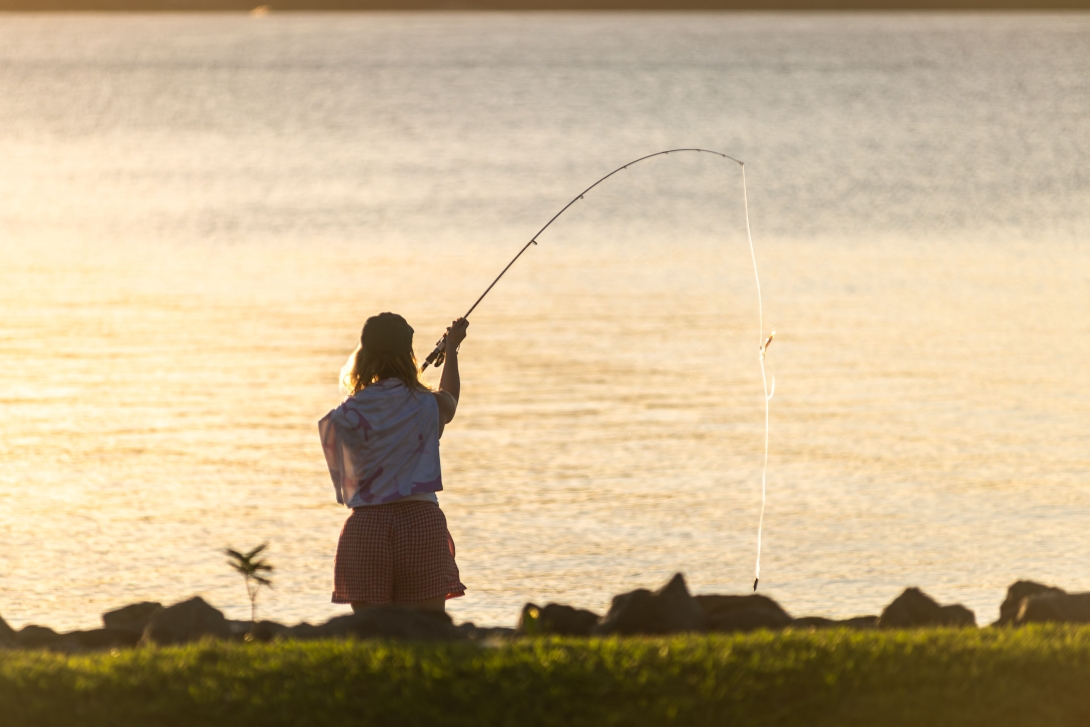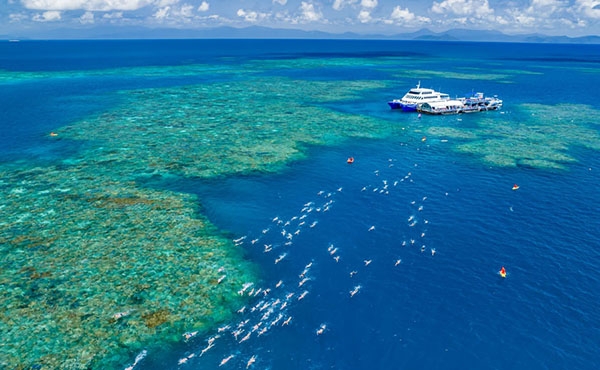Commercial fishing is an important source of income for Queensland coastal communities and plays a vital role in Australia’s seafood industry. In the 2020–21 financial year, the Queensland commercial fishing industry supported an estimated 3484 jobs and 1031 businesses and contributed $279.3 million in gross production value to the economy.1268 The majority of this production value (86 per cent) was sold to the domestic market. In the same period, commercial fishing in Queensland generated an estimated $397.3 million in total gross state product throughout the Queensland’s state economy (that is, including direct and flow-on contributions). While estimates vary across studies, the average annual value of commercial fishing in the Region is approximately $200 million.1316 Globally, in the past 5 years, aquatic foods have become a growing subject of research and policy interest, with studies highlighting the important contribution of fish and other marine foods towards human health and nutrition.1317
Commercial fishing generated $397.3 million for Queensland’s economy
In 2020–21, Queensland’s commercial fishing output (wild-capture fisheries) was $157 million.1198 Over the past 5 years, domestic and international factors have constrained growth in the Australian commercial fishing industry, including additional costs to fishers from government-imposed catch limits and competition from low-cost imports from Asia.
In 2019–20, the economic output of Australian aquaculture surpassed commercial fishing for the first time, driven primarily by Tasmania. In Queensland, growth in the aquaculture industry since 2019 1318 has led to government investment in the development of the industry and the implementation of aquaculture development areas within the Catchment (Section 6.4.1). However, assessments of projected growth in aquaculture within the Catchment remain limited.
Commercial fishers also derive non-financial benefits from fishing. These include a high personal connection to the Reef and a strong appreciation for the Region’s natural beauty, aesthetics and lifestyle benefits.1319 In 2020–21, about half of the commercial fishers felt they understood the fishery management arrangements for the fisheries they are involved in, but most felt that the management changes in the past few years had made it more difficult to operate their business.1268 Many surveyed were concerned about their future security.
The COVID-19 pandemic and associated government health directives affected fishing in Queensland. It is difficult to attribute changes in economic return directly to COVID-19 pandemic management, given the many factors that contribute to Queensland’s economic and market activity,1268 and the significant reform program progressing under the Sustainable Fisheries Strategy.1320 However, the loss of international markets and international freight caused many commercial fishing businesses to stop exporting. The domestic market for seafood was also affected by COVID-19 pandemic management. The loss of the visitor economy in Queensland led to a significant fall in the amount of seafood purchased by local businesses, and this was exacerbated by local market oversupply from almost all Queensland fisheries.1229

The 2020–21 forecast for gross value product from Queensland commercial fisheries was $170 million. This forecast is 12 per cent lower than the estimate for 2019–20 and 16 per cent lower than the 4-year average.1229 It is estimated that the economic contribution of Queensland’s commercial fisheries to gross state product was reduced by approximately $105 million and the employment supported by the fisheries dropped by approximately 188 full-time jobs. Fisheries — including coral trout and spanner crab — which relied on high-value live export markets were affected by the COVID-19 disruptions through international border closures.1320 The largest negative impact of COVID-19 identified by fishers was in the East Coast Otter Trawl Fishery (loss of $39.2 million gross state product and 80 full-time jobs).1229 While the export value and gross value product for combined coral harvest and marine aquarium fisheries increased between 2019–20 and 2020–21, the net economic return was not as high as forecast.1268
In 2020–21, the charter fishing sector in Queensland supported an estimated 325 jobs and 139 businesses and contributed $30.9 million in gross production value to the economy.1321 In the same period, charter fishing generated an estimated $40.0 million in total gross state product (that is, including direct and flow-on contributions). However, during this period, the charter fishing sector was affected by border closures due to the COVID-19 pandemic. The border closures resulted in an estimated loss of 18 full-time jobs and $9.8 million in gross state product.1321 In a 2020–21 survey, more charter fishers felt that management changes made it more difficult to operate their business than in the preceding year.
In 2019–2020, recreational fishing in Queensland by residents generated an estimated $333.7 million in total gross state product throughout Queensland’s state economy (that is, including direct and flow-on contributions), $209.5 million in total household income and 3136 jobs.1322 Within the Region, the highest estimated total expenditure on recreational fishing was in the Dry Tropics region (approximately from Bowen to Ingham) at $81.54 million in 2019–20.1322 Estimates suggest that, on average, Queensland recreational fishers expend $295 on each recreational fishing trip.1316 During the COVID-19 pandemic, the economic contribution of recreational fishing was estimated to be $1.5 million total gross state product, an increase of 0.4 per cent.1322 Recreational fishers also derive non‑monetary benefits from recreational fishing, such as personal connection, enjoyment and wellbeing.1323,1324
An annual time-series capturing economic and social indicators of the Queensland commercial, charter and recreational fishing industries has advanced the availability of relevant data since 2019. Improvement in participation of active commercial fishing businesses in the survey is needed to provide a more comprehensive analysis.1268


